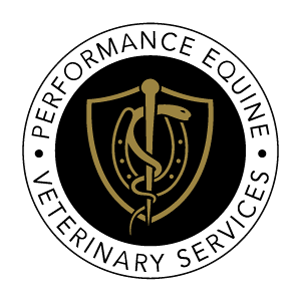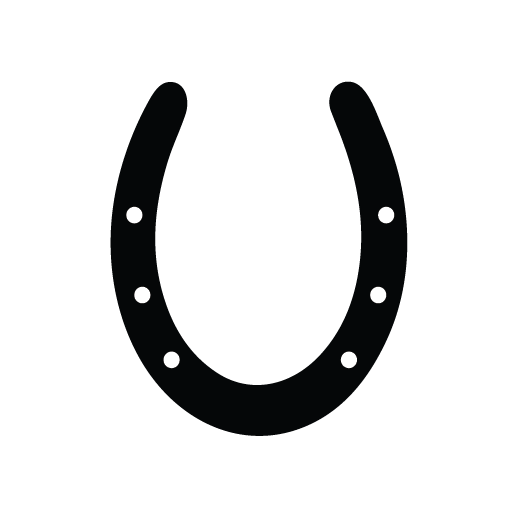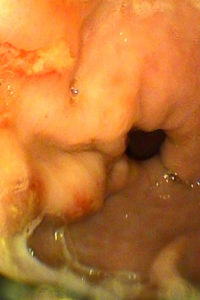- CONTACT US:
- 919-745-0788
- Office@PerformanceEquineVet.com
Gastric ulcer
The owner of a 10 year old performance horse noticed behavioral changes in her mare including a cranky attitude when tacking up as well as pinning her ears when tightening up her girth and when trying to get on at the mounting block. The mare was also increasingly irritated with palpating of her back. Upon recommendation by Dr. Gomes, the owner agreed to have the mare scoped. The night before scoping we withhold food after the horses evening meal (approximately 12 hours). The reason for this is so the scope can get a clear view of both parts of the stomach ( glandular and non-glandular) without feed material blocking the walls where the ulcers can be found. We sedated the mare and passed the scope up her nostril, through the esophagus, and into the stomach.
Once inside the stomach we pump a small amount of air in which inflates the walls to give a better view. In looking at the pictures below you can see the 2 sections of the stomach separated by the margo plicatus. Multiple ulcers were found present in the mare’s stomach. Next, we passed the scope further into the stomach to view the pylorus. This is the opening from the stomach into the small intestine. In the picture below you can see evidence of pyloric ulcers. When the scope is withdrawn we empty the air we distended the stomach with and examine the esophagus on removal of the scope.
To read more about gastric ulcers and clinical signs check out this link:


